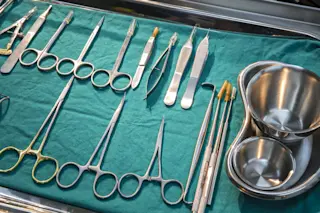Most people are aware of some of the heinous medical experiments of the past that violated human rights. Participation in these studies was either forced or coerced under false pretenses. Some of the most notorious examples include the experiments by the Nazis, the Tuskegee syphilis study, the Stanford Prison Experiment, and the CIA’s LSD studies.
But there are many other lesser-known experiments on vulnerable populations that have flown under the radar. Study subjects often didn’t — or couldn’t — give consent. Sometimes they were lured into participating with a promise of improved health or a small amount of compensation. Other times, details about the experiment were disclosed but the extent of risks involved weren’t.
This perhaps isn’t surprising, as doctors who conducted these experiments were representative of prevailing attitudes at the time of their work. But unfortunately, even after informed consent was introduced in the 1950s, disregard for the rights ...















